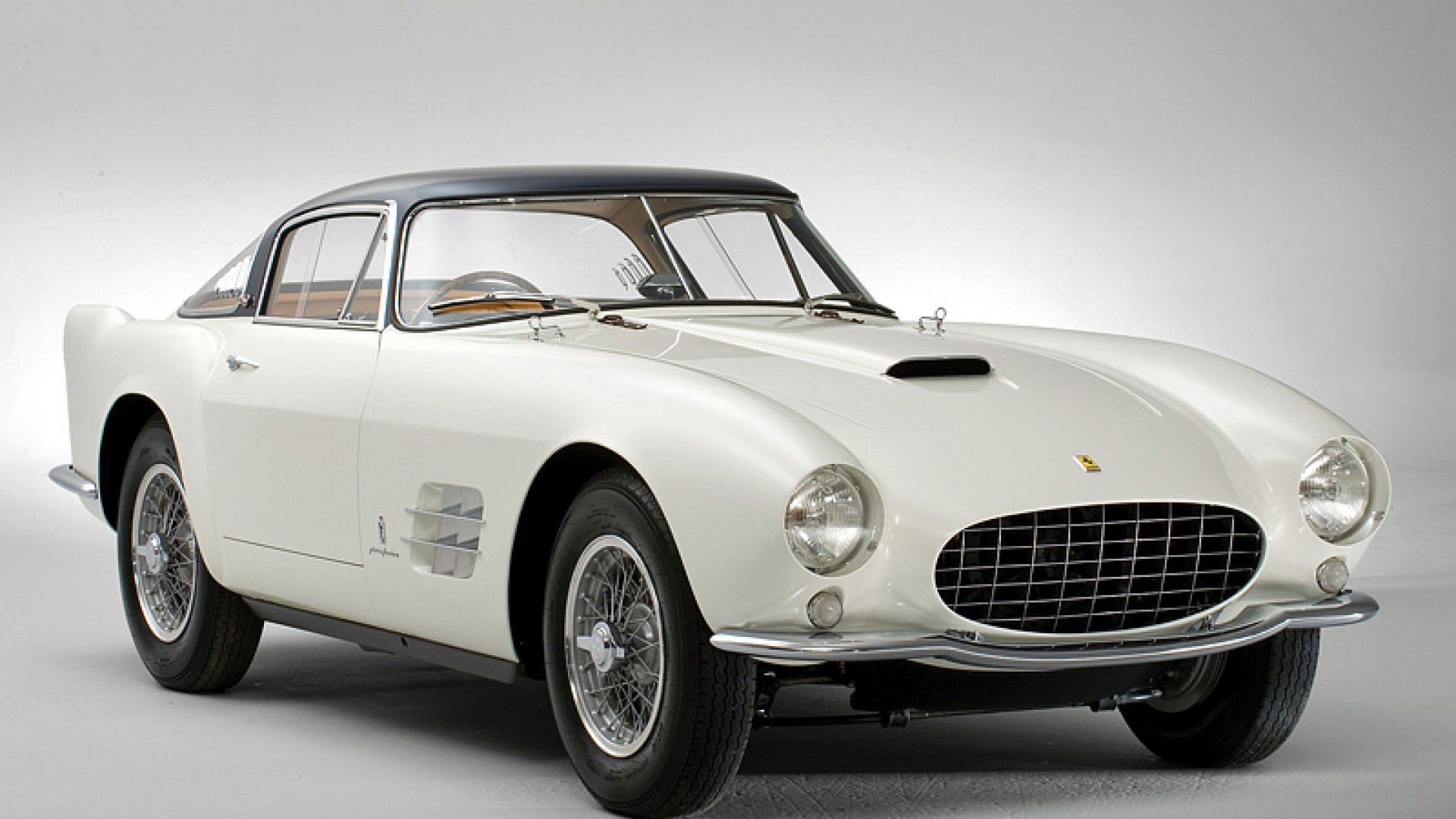Ferrari 375 MM
The 375 MM was a racing car produced by Ferrari from 1953 to 1954 in 26 specimens.
The 375 MM was produced in honor of the victorious Ferrari models in the Mille Miglia, from which the initials "MM" in the name. It was built to compete in the World Sports Prototype Championship, which was then won by Ferrari at the end of the same season.
From a technical point of view, even when used in different competitions, the car was the development of the 375 F1, who raced in Formula 1; similarly, always by the latter, descended also the 375 America, classified in the GT category. At launch, the Ferrari 375 MM was the most powerful of the range of cars manufactured by the automaker’s prancing horse.
What he had more in common with the 375 F1 was the engine, which was the work of Aurelio Lampredi. In particular, the crankshaft was slightly changed, so as to obtain the decreased stroke and the bore increased, changes that led to a slightly greater displacement. This engine debuted, however, on a 340 America in the 24 Hours of Le Mans, driving with Alberto Ascari and Luigi Villoresi.
Following were produced the 375 MM real, both in spyder version (with Pininfarina bodywork and some of Vignale ) that berlinetta. Were built more copies of the first version, as well as seven in the second and five road models with special car body. His most important victories were the 1000km Nürburgring in 1953, under the leadership of Alberto Ascari and Nino Farina, and the Nassau Trophy the following year. The specimens were racing then used in competitions mainly by private pilots.
In 1954, a sample of 375 MM built by Pininfarina chassis number 0402AM ricarrozzato by Scaglietti was inspired by the line of the Mercedes-Benz 300SL. In the same year also created its own version of the Ghia coupe, commissioned by Robert Wilke. It was the last car bodied by the famous Maranello company.
The engine was manufactured in aluminum alloy to limit the weight. It was a V12 at 60 ° longitudinal front, not supercharged, with the bore and stroke who were respectively 68 mm and 84 mm. The displacement was 4522.68 cm ³, while the compression ratio was 9:1. The power output was 340hp at 7000 rpm.
The distribution was fitted with a single overhead camshaft and two valves per cylinder. The power was supplied by three Weber carburetors brand and model IF/4C 40 or 42 DCZ. The lighting was single with two magnets, while it was wet sump lubrication. The multi-plate clutch was.
The front suspension was independent with wishbones, single transverse leaf spring and stabilizer bar. The rear instead were formed by a live axle, semi-elliptic longitudinal leaf springs and twin radius. Both had installed Houdaille hydraulic shock absorbers. The brakes were hydraulic to drum on all four wheels, while the change was manual four-speed plus reverse. The steering was worm and sector dentate, while the traction was back. The wheels were spoked Borrani type.
The chassis was tubular steel, while the body was spyder or two-seater berlinetta, and was manufactured in aluminum alloy .
The maximum speed reached by the vehicle was 289km/h.
340
